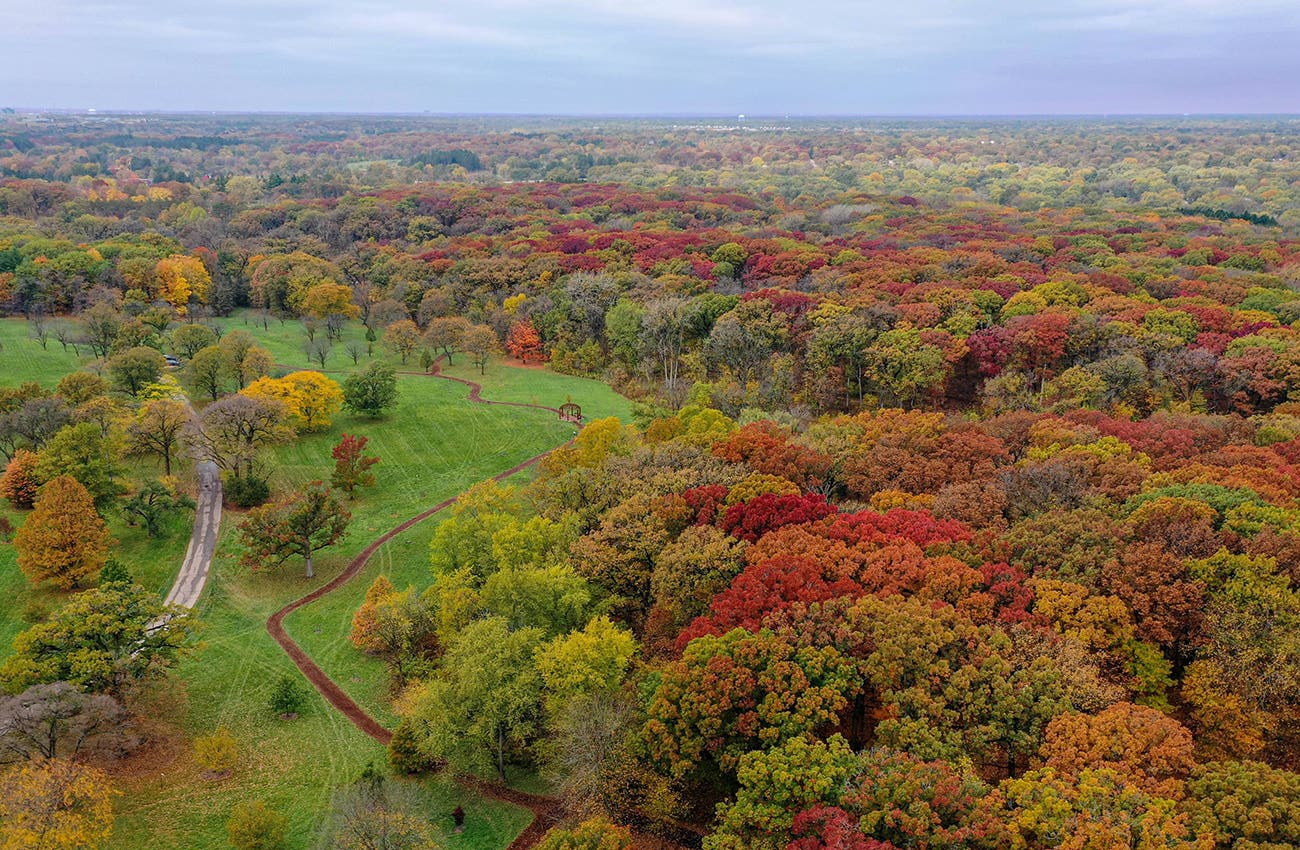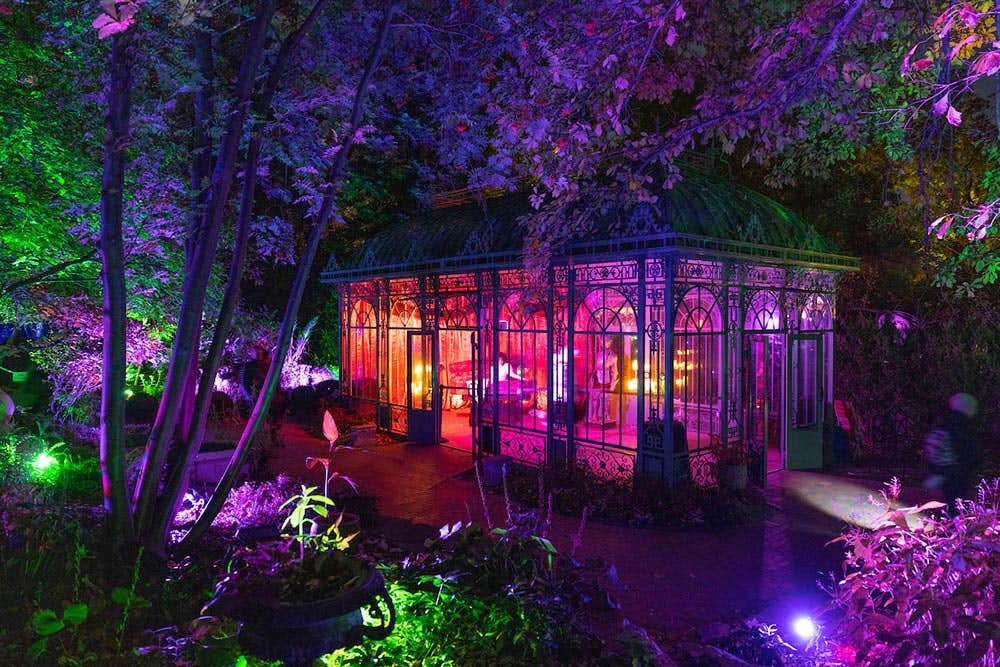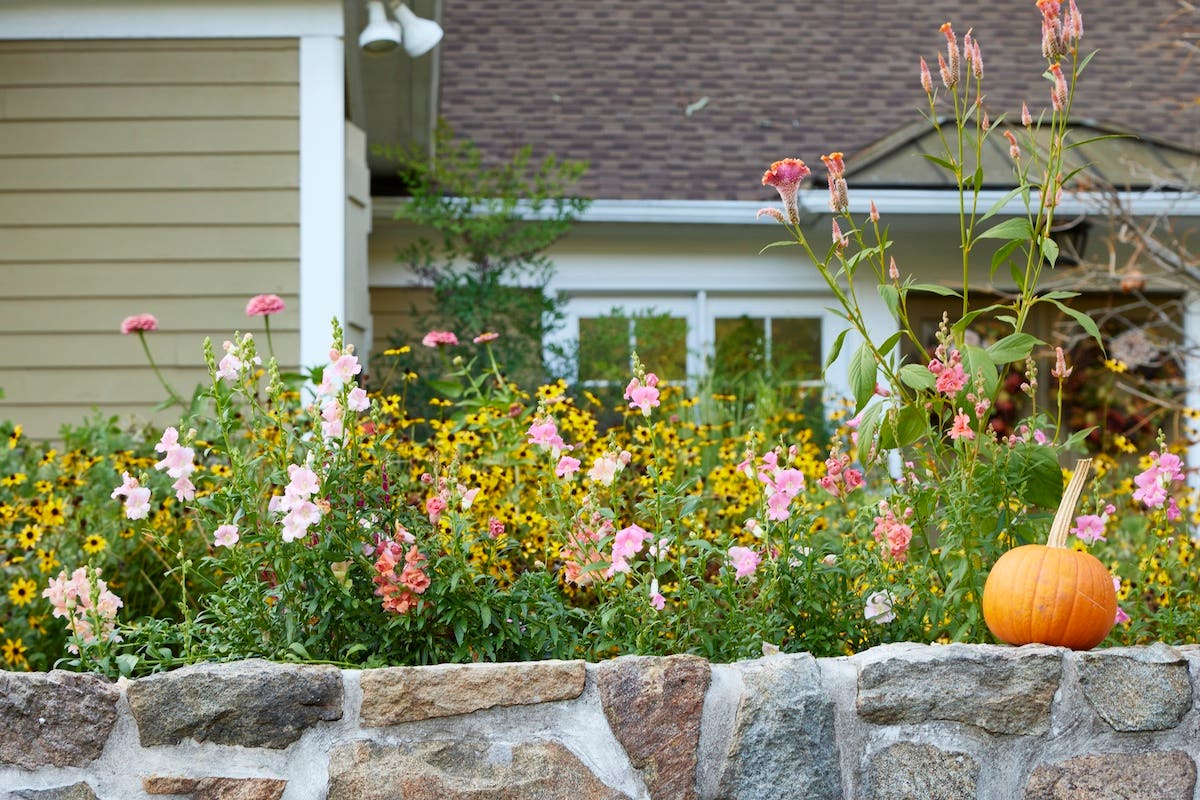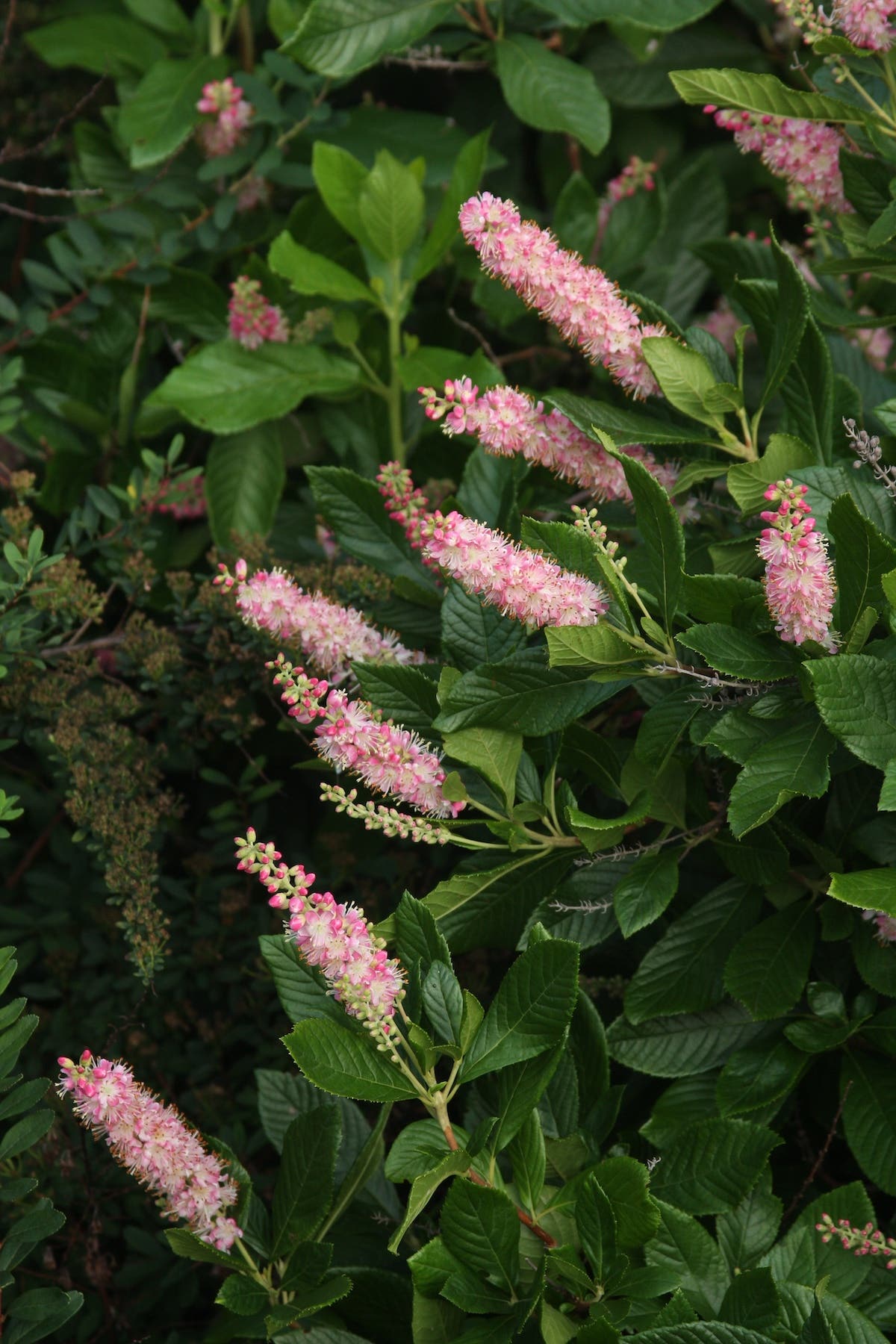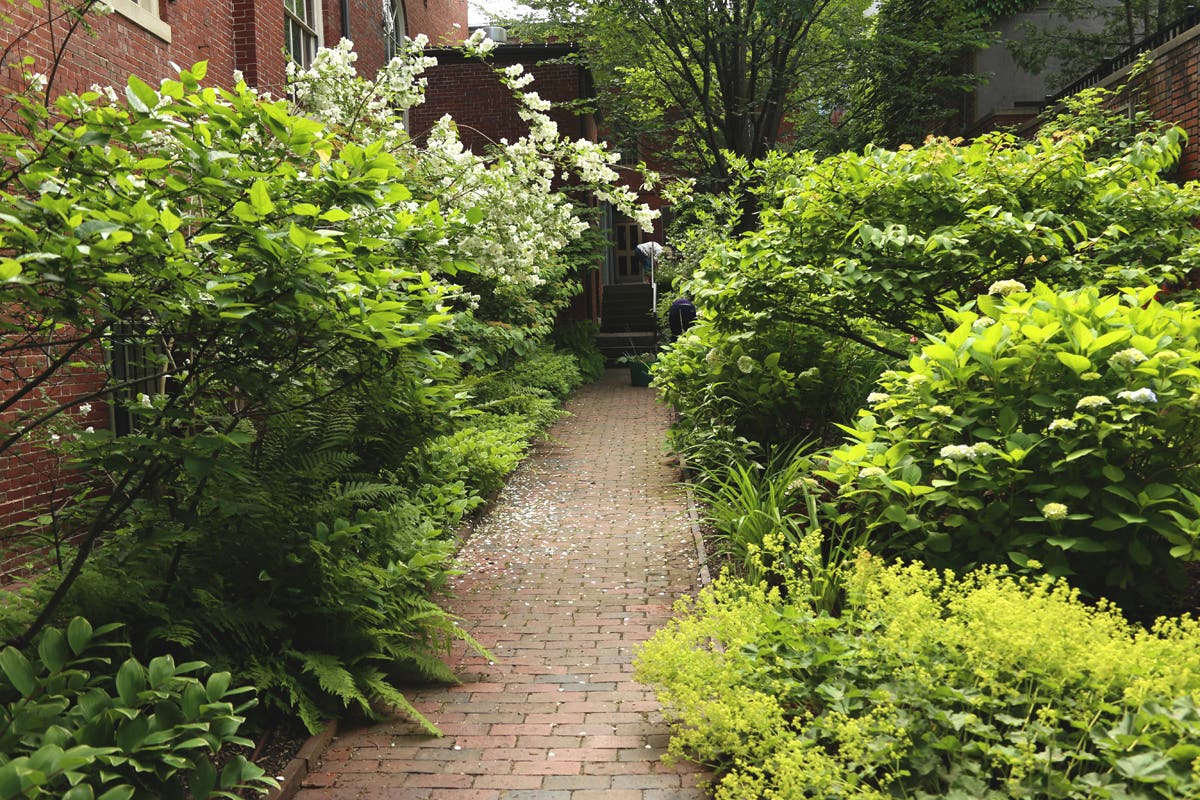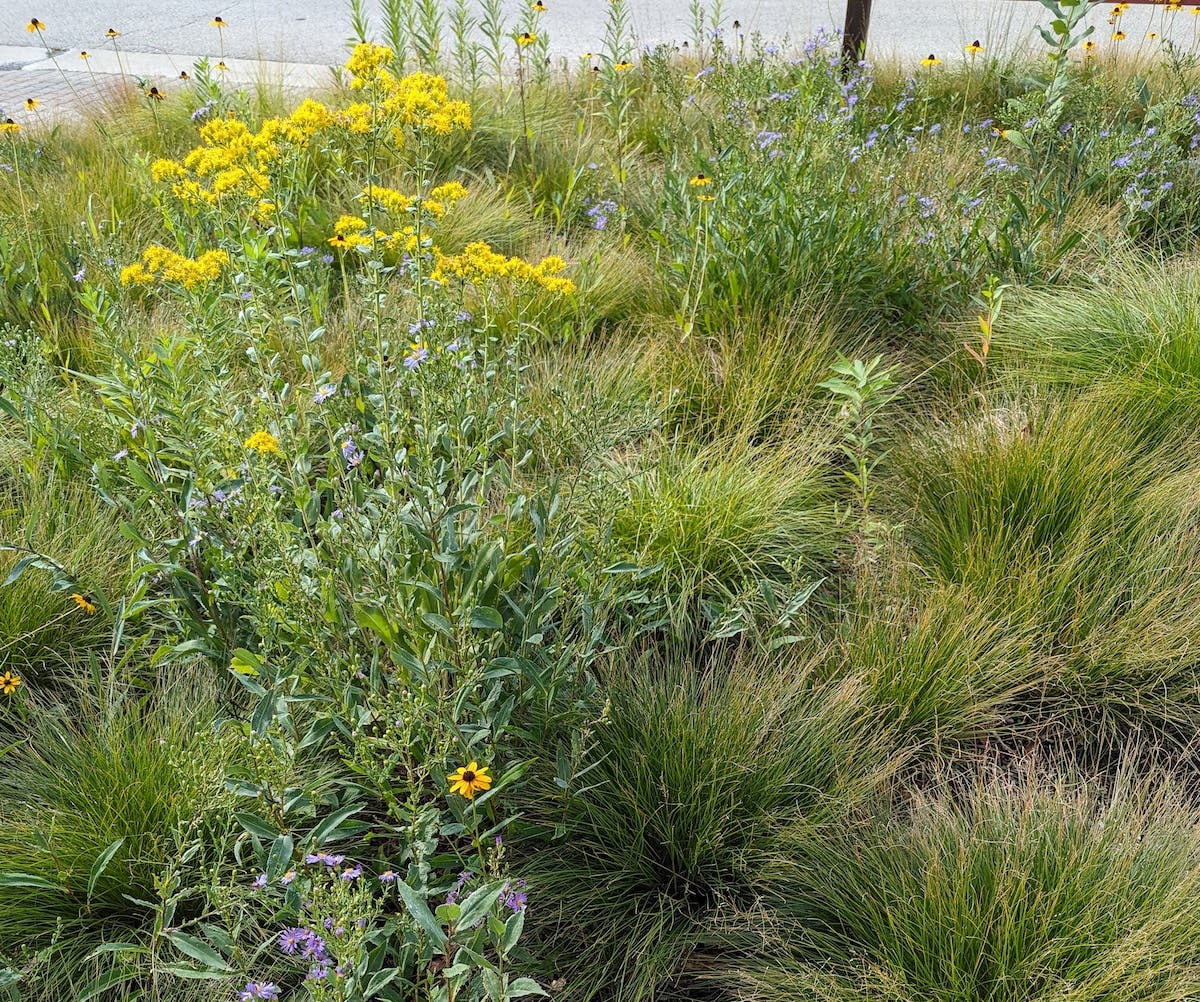Gone are the days where “pretty” is enough to make a garden complete. Facing up to worldwide habitat loss, the huge decline of insects and songbirds and a changing climate, many folks are demanding more from their built landscapes. Happily, there is no need to give up anything when building ecologically robust gardens. With just a little bit of guidance, we can build spaces that are beautiful, tasty, interactive and ecologically functional—while requiring much less maintenance than conventional gardens often do.
There are a number of strategies for creating easier and ecologically robust landscapes, and I'll suggest three here, but there’s only one rule: Use native plants. However, there is no need for a 100-percent native landscape—your tomatoes are not going to destroy the world. There’s no need to get hung up on exactly what is meant by "native," a debate that rages on. Simply aim for a landscape that is mostly native, and be sure that the plants you use help to build habitat.
[Note: This article describes ways that native plants can reduce routine garden maintenance. The species mentioned here are based on a northeastern United States landscape. Readers from other parts of the country and world will want to replace these example plants with species best suited to their region.]
1. Fight weeds with plants
Ask any gardener what makes the most work in their garden and the answer may well be weeds. Our longtime struggle with weeds has driven an entire product category: dandelion forks, Cape Cod weeders, hori-hori knives, landscape fabric and about 30 versions of mulch, from ramial wood chips to shredded tires, not to mention herbicides.
Understanding where weeds come from can lead to a drastic reduction in their place on our landscapes. When one thinks of the common weeds in the garden (in mine, they’re chickweed, mullein and dock), it’s easy to see that they are not spontaneously appearing from the soil but instead coming from above, their seed floating on the wind or dropping from the backside of a bird. We mulch our gardens hoping that it will mean the end of all weeds, but any veteran gardener knows that’s hardly the case. Additionally, considering what goes into many of the mulches on the market gives the ecological gardener pause.
Think about this: If you were to put running foamflower (Tiarella cordifolia var. cordifolia) and bitter dock (Rumex obtusifolius) into the boxing ring together, who would win the bout? Dock is the clear winner in round one. But change the rules a bit and we can turn things around. Round two is an established patch of running foamflower versus a dock seed floating on the wind. A win for the foamflower.
The lesson here is that competition on the landscape in the form of additional plants can greatly reduce the number of weeds that recruit successfully. Though mulch is indeed a useful tool in young gardens, mulch’s aim should be to hold things in place until plants can fill all those empty spaces that are waiting for the weed seeds to land. Aim for mulches that break down within a season or two and make way for more plants.
In open, sunny settings, we can mimic a meadow, with numerous species abutting each other and filling up all the empty space. In young meadows, annuals and short-lived perennials are very effective at filling in quickly, then giving way for the slower-growing, long-lived perennials to take hold. Partridge pea (Chamaecrista fasciculata), black-eyed Susan (Rudbeckia hirta) and spotted bee balm (Monarda punctata) all thrive in sunny, dry soils and will quickly form self-sustaining populations as they are allowed to produce and spread their seed.
In shadier situations, ground covers can stave off weeds, creeping between standing forbs and holding the space so that buckthorns and European wood violets cannot get a foothold. The fore-mentioned running foamflower is a fantastic choice; other great options may include green and gold (Chrysogonum virginianum), woodland and creeping phlox (Phlox divaricata and P. stolonifera) and long beech fern (Phegopteris connectilis).
2. Match plant to place
Forget trying to alter the landscape to suit a short list of common garden plants. Instead, look toward those species that will thrive in the existing conditions. Those plants will end up costing less in time and money spent on watering, fertilizer or pesticides.
If there is one place on our landscapes that epitomizes hard work for absolutely no gain, it is the traditional American lawn. Countless hours of labor go into attempting to grow this non-native plant in an area where it is simply not well adapted. Fertilizer, irrigation, herbicides, fungicides, insecticides—we apply everything we can to get these lawns to grow. If they do grow, we immediately pull out our mowers and cut them down, degrading the grasses’ ability to develop a robust root system. We are stuck in a loop without an end in sight.
We can do better! We can build “lawns” that play an ecological role in the landscape while still functioning as such. For lower foot-traffic sites, look to Pennsylvania sedge (Carex pensylvanica). This native sedge grows in thin soils (no need to fertilize or water) and tolerates shade without any trouble. It puts on all of its new growth in spring, topping out around five inches tall, meaning that it needs mowing just once a year (or not at all, if you prefer the lush look). Best of all, as a native species it plays an important role, hosting more than 30 different native butterflies and moths.
For areas that will take higher abuse (at my home, that’s free-range chickens, two digging dogs and garden parties), look at replacing the traditional lawn with a patch of wild strawberries (Fragaria virginiana). This ecological powerhouse supports more beneficial insect diversity than any other herbaceous plant on the landscape, other than the goldenrods (Solidago), while also providing us with food and a fast-spreading, low-growing “lawn” that needs no input once established. Mixing some American self-heal (Prunella vulgaris subsp. lanceolata) into the space adds additional ecological benefits. Not only does it look beautiful in bloom, but this species appears to have inordinately high value for a number of our less-common bumblebee species.
Related: Read all about bee lawns.
3. Blur boundaries with natives
We can look at lawns as missed opportunities for ecological landscaping, but why stop there? We can think about what we might do to improve any place where we see soil. Highway medians, abandoned lots, roadsides, drainage ditches and even rooftops are all common “wasted spaces” that we should start converting into healthy habitat.
These are not areas to plant gardens in any typical sense, and the plant choices should reflect that. We need species here that will thrive and spread while dealing with such pressures as cars, pollution, compaction, road salt and litter. Forget bird’s foot violet and hepatica; we need species like staghorn sumac (Rhus typhina), common milkweed (Asclepias syriaca), purple love grass (Eragrostis spectabilis) and showy goldenrod (Solidago speciosa). Planting these areas means building habitat and dropping maintenance needs from a typical thrice-a-year mowing (for many highway medians) to once a year at most, depending on the soil conditions.
Not all of the above strategies will fit every landscape. A balance between ecological goals and the needs of the site can be determined case by case. But as a whole, a fresh assessment and good planning can lead to healthy habitats that require less from us and provide more for the local ecosystem.
Photo credits: Running foamflower by Maja Dumat/CC BY 2.0; Black-eyed Susans by Patrick Standish/CC BY 2.0; Wild strawberry by Joshua Meyer/CC BY-SA 2.0; Median strip by Les Chatfield/CC BY 2.0


